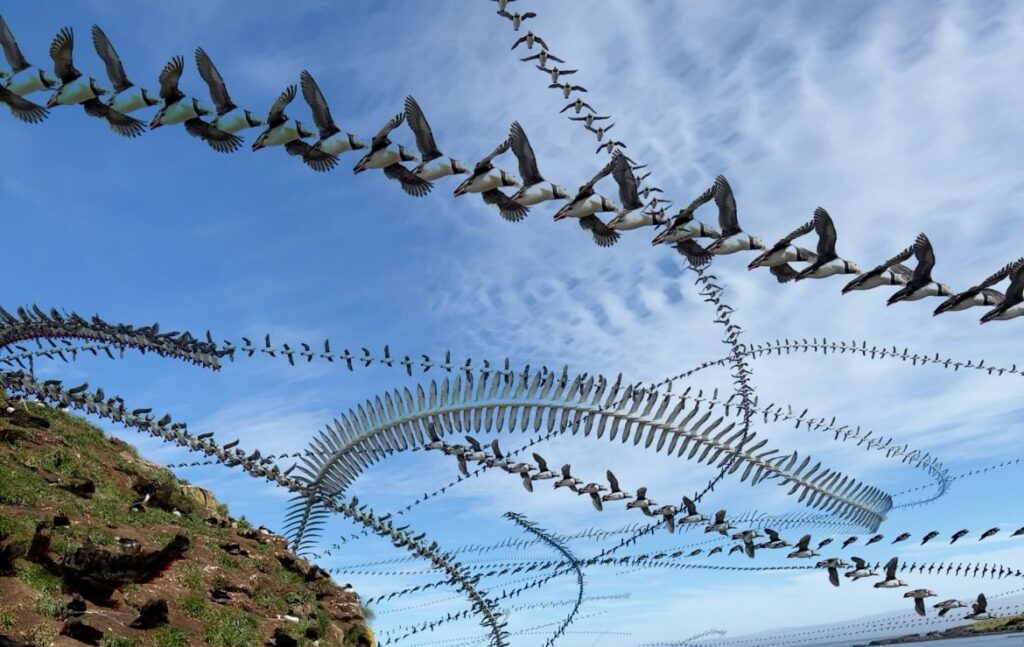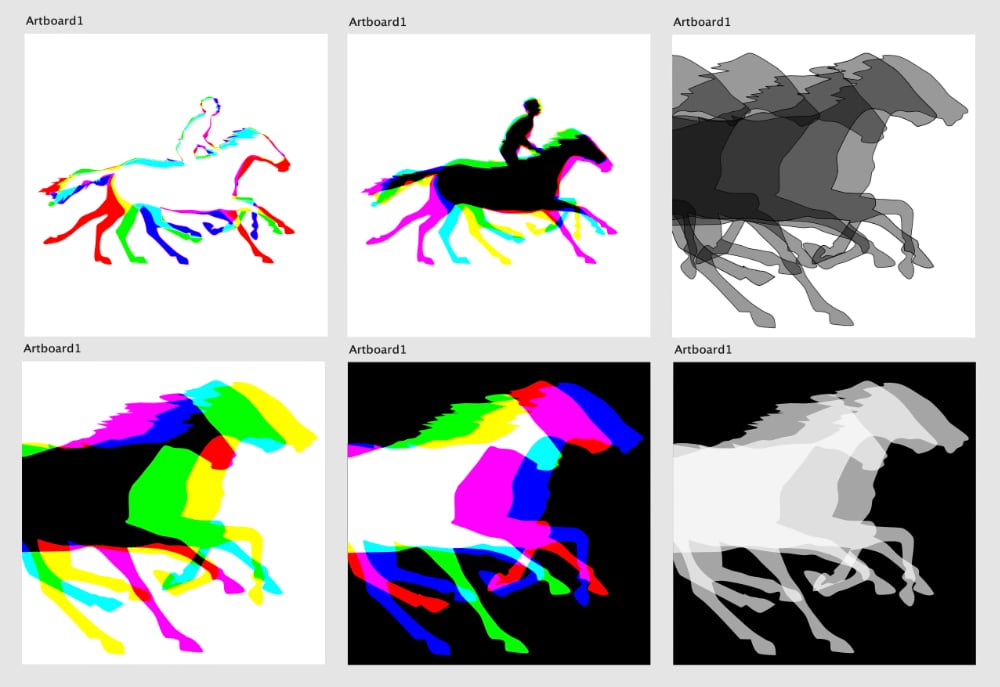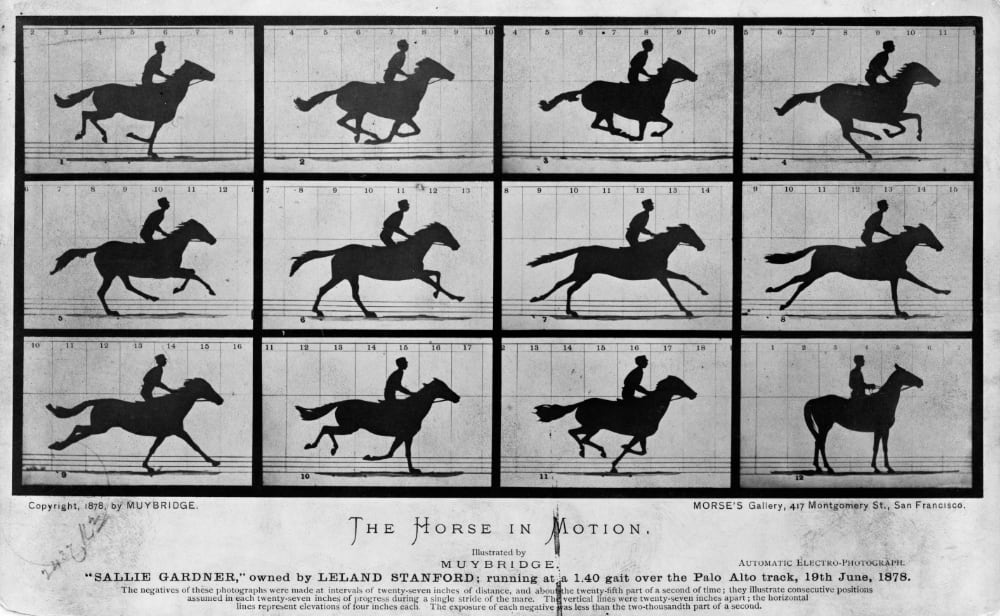
Ornithoto is an experimental, long exposure camera app for the iPhone that uses the video feed and various blend modes to produce as interesting photograph.
Inspiration
Years ago, we saw some amazing “Ornithographies” by Xavi Bou. We wrote about his photos in our 02016Q3 newsletter. His process is to take loads and loads of photos and then combine them to see the trails of birds in flight. They are amazing to see and we wanted to emulate the results! To create images like his takes a lot of work and patience. We wanted something simpler, albeit not as precise.
Name
Getting our inspiration from Xavi’s Ornithographies, we choose to use Ornithoto. “Ornis” is the Greek word for “bird” and “oto” was from “photo(graph)”. It might turn out to be a horrible name, but if you search for it, there aren’t many results (yet).
App Icon

We need to re-visit the current icon to something more bird related. In the meantime, we looked to history for other famous time lapse images. We took frames from the series of photos taken by Eadweard Muybridge to settle the famous bet: Does a horse’s feet leave the ground when it is running?

We layered a few of the frames, colorized them and used blending modes to create the effect akin to what the app does. This is just the first iteration, the app icon will evolve over time. We needed something unique that explains the camera app’s results. There’s always room for improvement, but we’re not going to let creating the perfect app icon stopping us from releasing for more feedback.
Technical
The app takes the 4K video feed and blends the frames in realtime in memory. Each frame from the video buffer is applied with the bend mode to our temp image. We repeat that process over and over again based on the frame rate you choose: 60fps, 30fps, 10fps, etc. The lower the frame rate the more time passes between each merged frame of the video. When you stop recording, the app takes that temp image which is all the video frames blended together one at a time and saves it to your photo album. It then resets for the next iteration and waits for you to take your next long exposure video.
There are two possible blend modes you can use in Ornithoto: Lighten and Darken. They work in opposite ways. With Lighten, when the video frame images is blended to the temp image, which ever pixel at the (x,y) coordinate is ‘lighter’ that is saved to the temp image. The inverse is true for Darken, which ever pixel is ‘darker’, that is saved. Depending on the blend mode, it captures trails of light or motion.
It takes lots of practice to get the correct fps for different situations. Fast moving cars need slower fps than birds. What you are taking photos of also make a difference. Subjects like dark colored birds on a light colored sky work really well because with each blend, the darker bird is represented easily on the lighter background with little visual noise.
Download
Ornithoto is available on the App Store. Right now it’s free, but we plan on setting a small price. So grab it while you can to get future updates for free. Charging a small amount sets a barrier. If we have to deal with support requests, bugs, features etc. they will be coming from people who are invested in using the app.
Feedback
We soft-launched the app, first with friends, then to the general public. We took the feedback and folded much of it back into the app. We are not a full-time iOS development company, we like to tinker and solve problems. If for some reason the app is not working, looks strange or is broken on your device, please let us know and we’ll work on a fix.
If you’re a photographer and want to give it a try, have questions or your own idea for a camera app, let us know.
About
We like to dabble with learning about new technologies. Learning about what’s possible, how things work and see where we can push the limits are always things we’re interested in. Our background is focused on the Web and Internet, not app development. We don’t tend to jump first into any sort of proprietary app development.
Building apps and exploring the pros and cons is part of the curiosity that stems from all the nooks and crannies that the Web hasn’t reached yet. Could we have built this same camera as a Web page? Maybe. We’d need access to the camera, get the video frames, put them into a canvas element while trying to also do all the maths to get the blend modes working.
Creating an app gets us a few less levels removed from the bare metal. Instead of javascript, in a browser, accessing a hardware camera and apply GPU transforms, we can get all the benefits of the operating system by using an app.